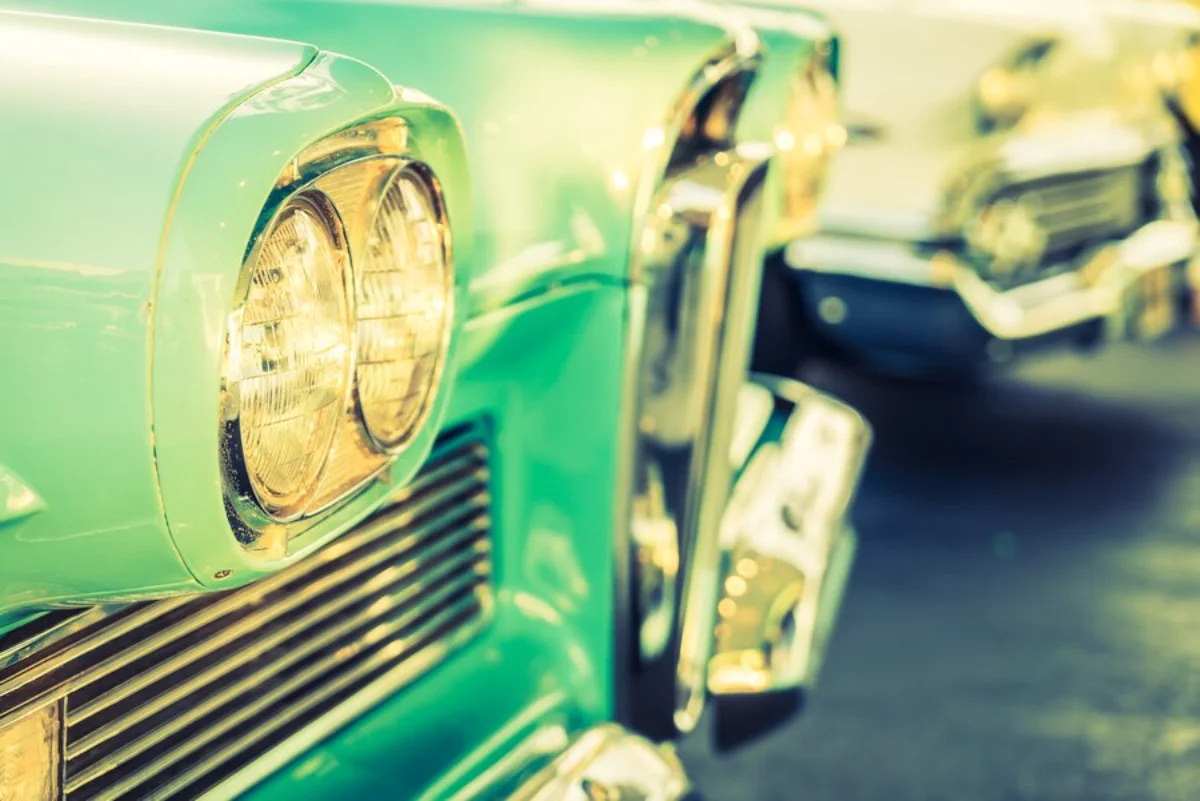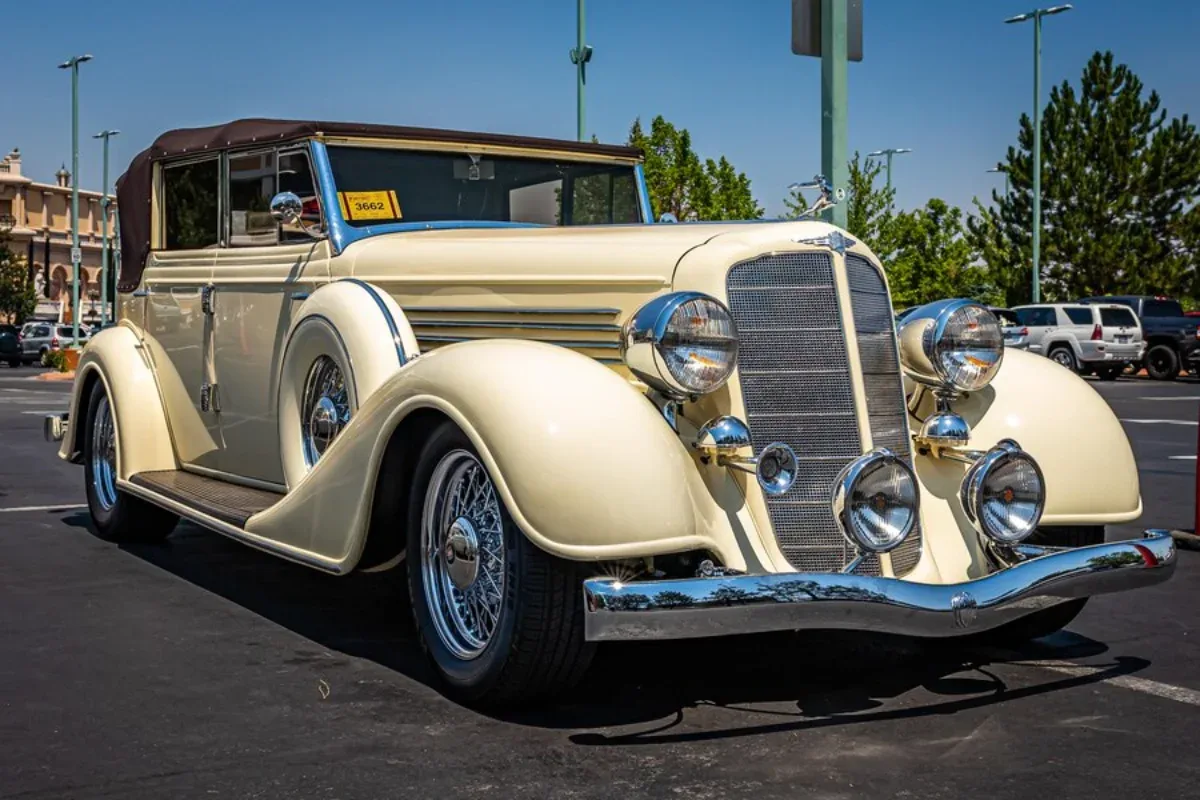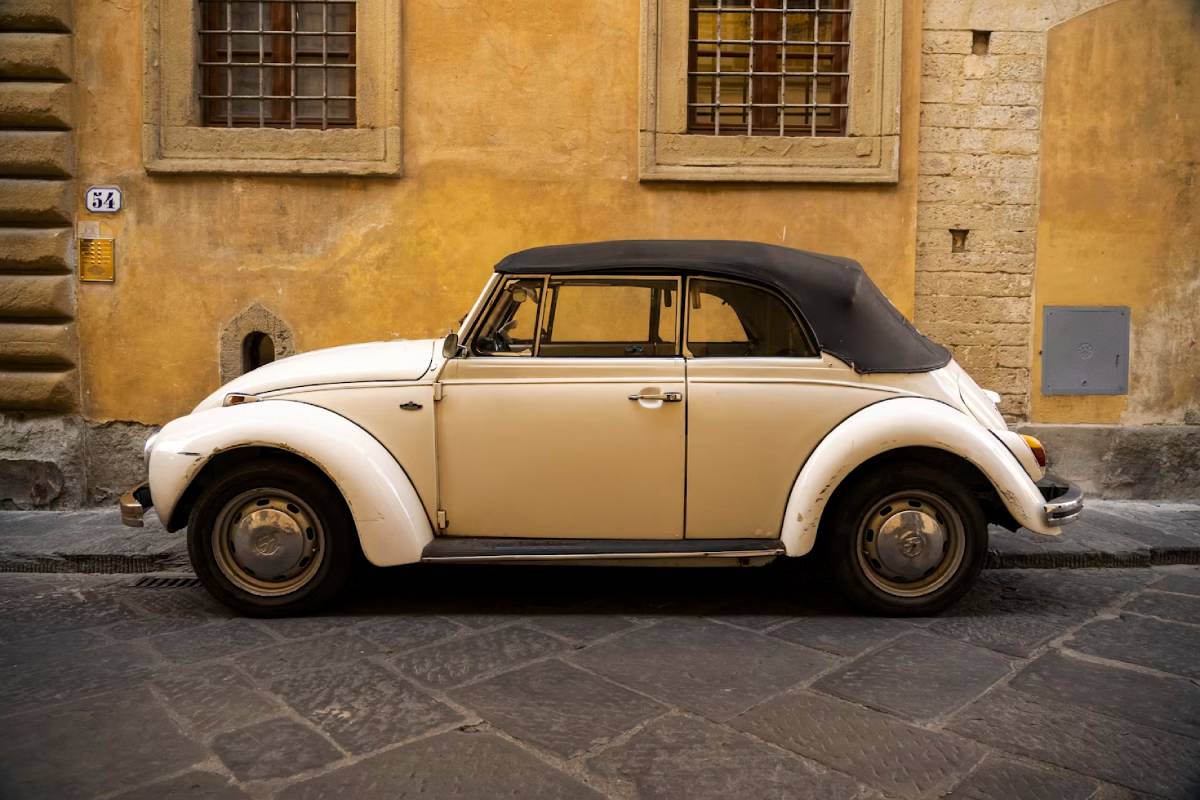
Aerodynamics in Classic Car Design: Form Meets Function
Classic cars are known for their style — smooth curves, chrome grilles, and beautiful bodies. But there’s more to the design than meets the eye. Many of these cars were shaped with one goal in mind: to move through the air better.
This is where classic car aerodynamics come in. Aerodynamics is all about how air flows around a car. When done right, it helps cars go faster, use less fuel, and stay more stable on the road.
In this article, we’ll explore how vintage car engineering used aerodynamics to shape some of the most famous classic cars in history. From early designs to racing legends, you’ll see how the air helped shape the future of cars.
What Is Aerodynamics?
Aerodynamics is the science of how air moves around objects. In cars, good aerodynamics means:
- Less air resistance (called “drag”)
- Better speed and fuel efficiency
- More control at high speeds
When cars have poor aerodynamics, they struggle to cut through the air, which can slow them down and waste fuel. That’s why car makers — even in the early days — looked for ways to make their vehicles more “slippery.”
The Early Years: Learning from the Wind
In the 1930s, a few smart designers began thinking about how air affects cars. At the time, most cars were boxy and upright. They looked nice but weren’t very fast or efficient.
Early aerodynamic cars:
- Tatra T77 (1934): This car from Czechoslovakia had a rounded, teardrop shape. It was one of the first cars tested in a wind tunnel.
- Chrysler Airflow (1934): It looked very different from other cars of the time. It was smooth and rounded, but it didn’t sell well because people weren’t used to the shape.
- Peugeot 402 Darl’mat: A stylish French car with flowing lines that showed how beauty and aerodynamics could work together.
These early cars didn’t always succeed in the market, but they showed the world what was possible when design evolution focused on airflow.
The 1950s–60s: Fast and Stylish
By the 1950s and ’60s, car makers had learned more about aerodynamics. They used wind tunnels and racing data to design cars that were fast and sleek.
Famous aerodynamic classics:
- Jaguar D-Type (1954): Built for racing, it had a long nose and a tail fin to help it stay stable at high speeds.
- Mercedes-Benz 300SL (1954): Known for its “gullwing” doors and low drag design. It was both beautiful and efficient.
- Ferrari 250 GTO (1962): One of the most famous Ferraris ever. Its curved body helped reduce air resistance while racing.
These cars weren’t just fast — they looked amazing too. This is when form meets function in a big way.
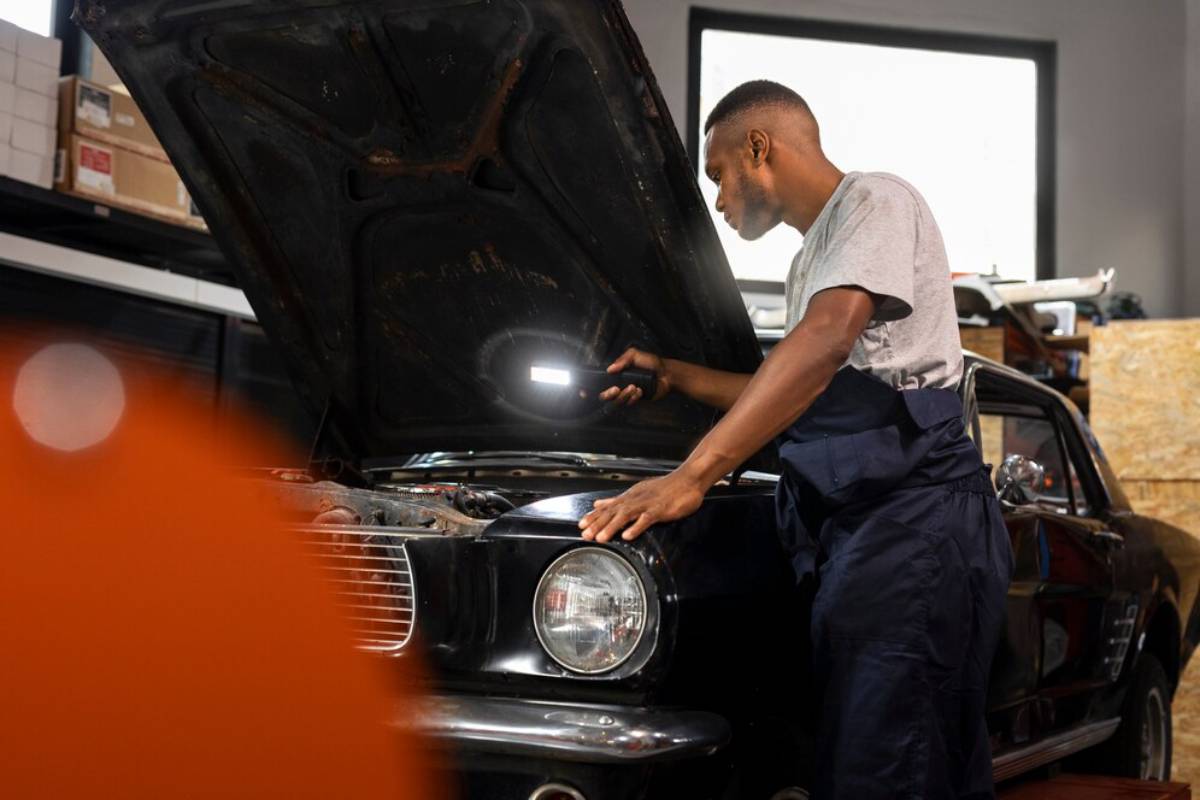
Muscle Cars and Air Tricks
In America, the 1960s and ’70s were the age of muscle cars — big engines and bold designs. But even these powerful machines used some aerodynamic tricks.
Examples:
- Dodge Charger Daytona (1969): It had a long nose and a huge rear wing to help it go faster on NASCAR tracks.
- Pontiac Firebird Trans Am (1970s): It added air scoops and spoilers to reduce lift.
- Chevrolet Corvette Stingray: Its sharp shape helped cut through the wind better than earlier models.
While American cars focused more on power, designers still found ways to improve airflow — especially for racing.
Italian Style and Smart Engineering
Italy is famous for making some of the most stylish cars ever. Companies like Ferrari, Alfa Romeo, and Lamborghini worked with design houses (called “coachbuilders”) to make cars that were both beautiful and fast.
Italian aerodynamic stars:
- Alfa Romeo Disco Volante: Its name means “flying saucer” — and it looked like one, with smooth, rounded lines.
- Lancia Stratos (1973): A rally car that used a wide, low shape to stay planted on dirt roads.
- Lamborghini Miura (1966): One of the first mid-engine road cars. Its low, sleek body helped it glide through the air at high speed.
These cars showed the world how luxury and performance could go hand in hand, thanks to smart design.
The Wedge Era: Sharp and Futuristic
In the 1970s and ’80s, car design changed again. The new style was sharp, flat, and futuristic — like a wedge. This look wasn’t just for show. It helped reduce drag and made cars feel modern.
Key cars:
- De Tomaso Pantera: Mixed Italian design with American power. Its low body helped it stay fast and stable.
- Lotus Esprit: Designed by Giorgetto Giugiaro, it had a wedge shape that became a trend.
- BMW M1: A rare sports car with a flat, aerodynamic body that worked well on track and road.
This was the start of the supercar era, where aerodynamics became a major part of every design.
How Classic Car Aerodynamics Influence Modern Cars
Today, car makers use computers and wind tunnels to make vehicles as smooth as possible. But the ideas they used started with classic cars.
Modern Ferraris, Porsches, and even electric cars like the Tesla Model S borrow ideas from vintage vehicles. Curves, spoilers, and underbody air management all come from lessons learned in the past.
Many fans of classic cars still admire the older shapes because they show how vintage car engineering balanced style and performance, often without the help of high-tech tools.
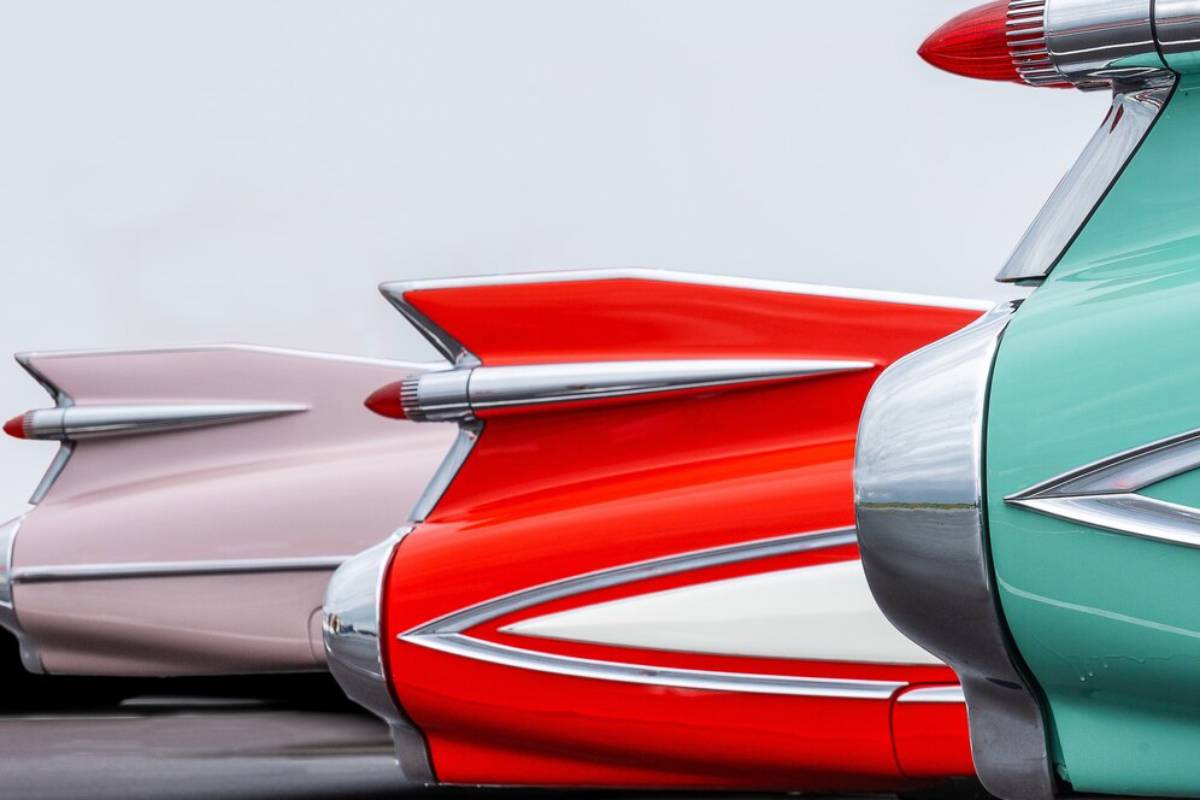
Conclusion: Classic Shapes That Moved the Air — and Us
Aerodynamics isn’t just about science — it’s about shaping how cars look, feel, and perform. In the world of classic car aerodynamics, designers and engineers worked together to build vehicles that were more than just transportation. They were rolling works of art, shaped by the wind and powered by passion. From the teardrop Tatra to the sleek Ferrari GTO, these cars proved that design evolution could be beautiful and smart at the same time. Even today, their legacy lives on — in the lines of new cars, in the hearts of collectors, and on the open road.
